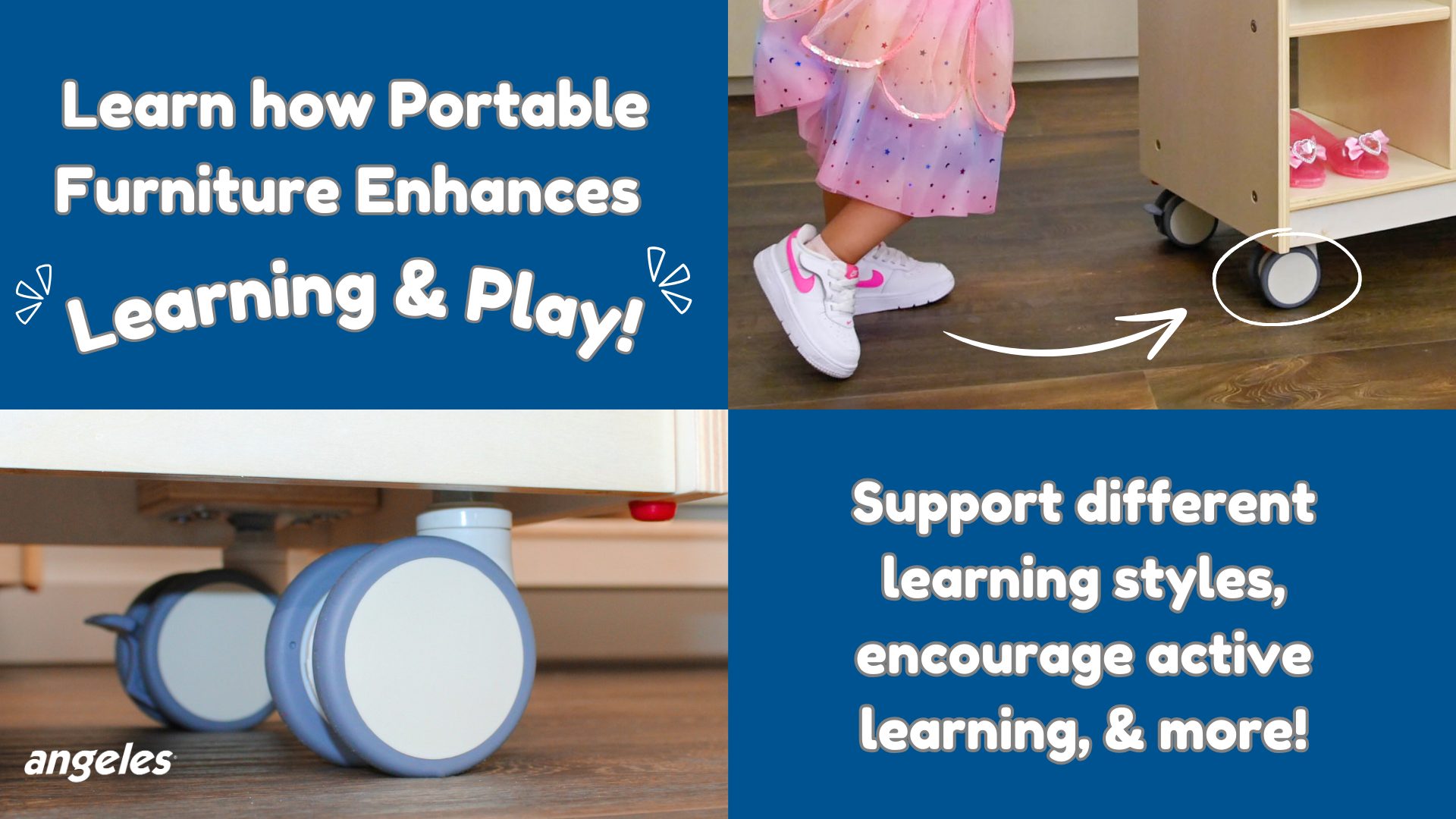
The Mobility Factor: How Portable Furniture Enhances Learning and Play
In the dynamic world of early childhood education, flexibility is key. Children thrive in environments that can adapt to their ever-changing needs and interests. One of the most effective ways to achieve this adaptability is through the use of portable furniture. The mobility factor in classroom design not only enhances learning but also encourages playful exploration, fostering a more engaging and dynamic educational experience.
The Benefits of Mobile Furniture
Mobile furniture transforms static classrooms into versatile spaces that can be easily reconfigured to support different activities and teaching styles. This flexibility allows educators to create an environment that is responsive to the needs of their students, promoting a more personalized learning experience.
Fostering Collaboration and Interaction
Movable desks and chairs make it easy to arrange seating for group work, encouraging collaboration and peer interaction. When children work together, they develop essential social skills such as communication, teamwork, and problem-solving. The ability to quickly shift from individual tasks to group activities keeps the learning environment dynamic and engaging.
Supporting Different Learning Styles
Children have diverse learning styles, and a one-size-fits-all approach often falls short. Mobile furniture allows teachers to create various learning stations that cater to different preferences and needs. For example, a quiet corner for independent reading, a central area for group discussions, and a creative space for hands-on projects can all coexist in a single classroom, thanks to the flexibility of portable furniture.
Encouraging Active Learning
Active learning is crucial for young children, and mobile furniture supports this by making it easy to create open spaces for physical activities. Whether it’s a dance session, a science experiment, or a dramatic play scenario, having the ability to quickly clear the floor ensures that children can move freely and engage in a wide range of activities.
Enhancing Classroom Management
From a practical standpoint, mobile furniture can also enhance classroom management. Teachers can quickly and efficiently change the layout to suit different activities, maintaining a smooth flow throughout the day. This flexibility can help reduce transition times and keep children focused and engaged.
The mobility factor in classroom furniture is a game-changer in early childhood education. By incorporating portable furniture into classroom design, educators can create a more adaptable, engaging, and dynamic learning environment. This flexibility not only supports various teaching methods and learning styles but also fosters a sense of exploration and creativity in young learners. As we continue to seek innovative ways to enhance education, the role of mobile furniture in creating flexible and responsive classrooms cannot be overstated.